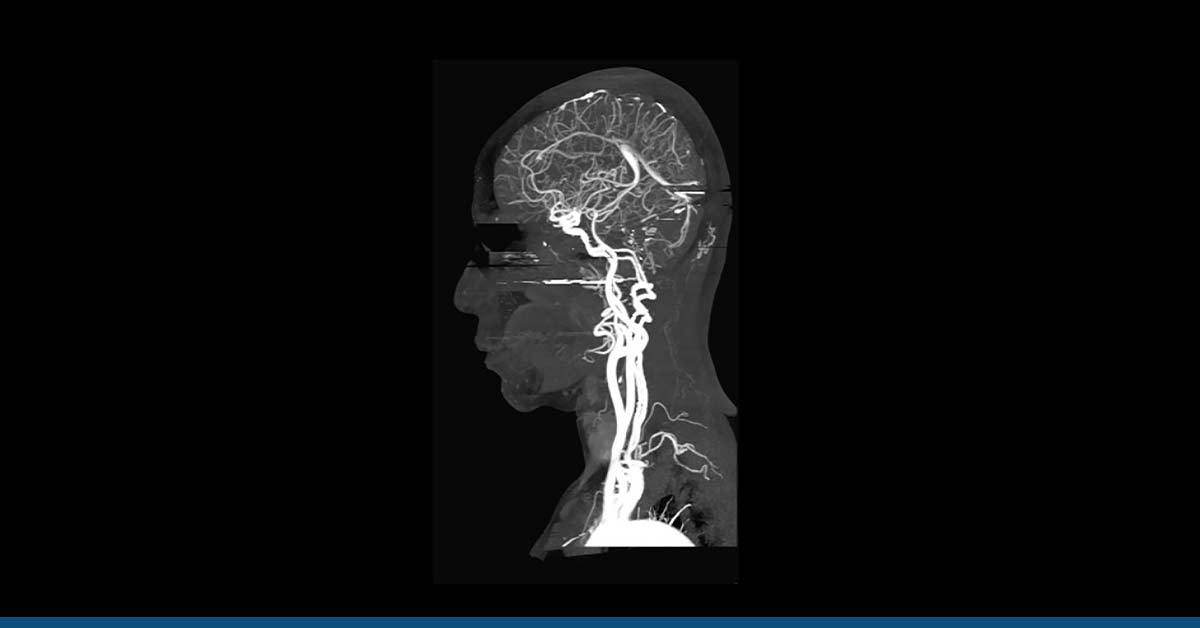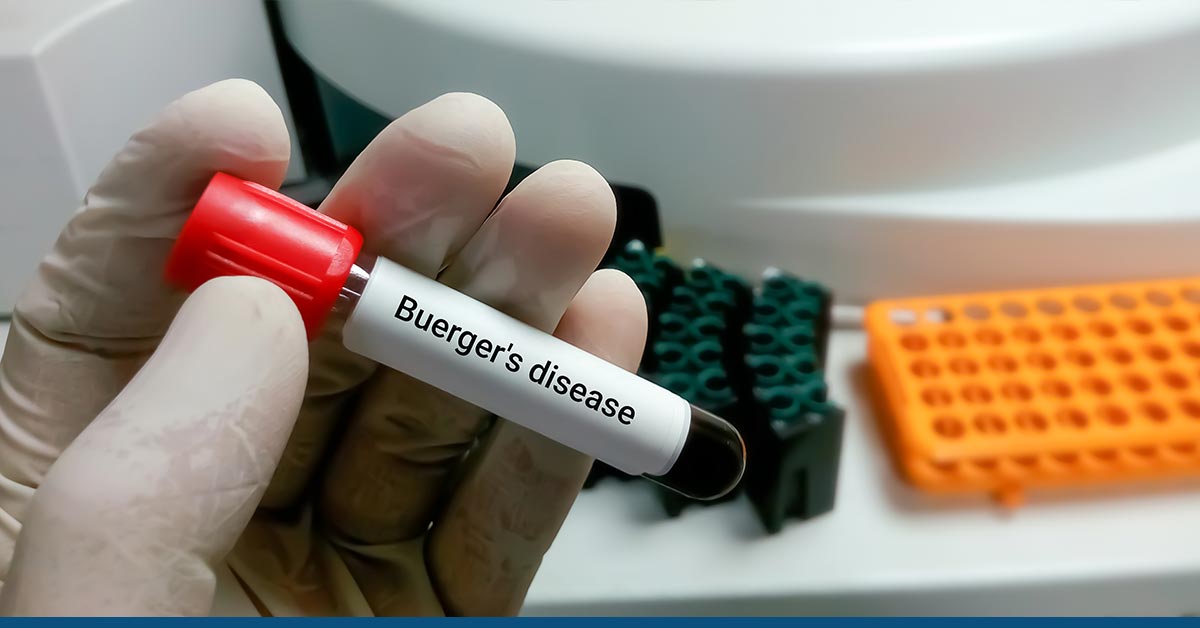The heart is one of the most important organs in the body, responsible for pumping blood to all parts of the body to supply oxygen and nutrients.
A healthy heart is critical for overall well-being, and any issues with the heart can lead to serious health problems. One such issue is clogged arteries, which can lead to heart disease and other complications.
We will explore the relationship between heart rate and clogged arteries and why it is important to understand this connection.
We will discuss what a slow heart rate is, what clogged arteries are, and whether a slow heart rate can indicate clogged arteries.
We will also look at other causes of slow heart rate, treatment options for clogged arteries, and lifestyle changes that can help prevent them.
By the end of this blog post, readers will better understand how heart rate and clogged arteries are related and how they can maintain a healthy heart.
Table of Contents
ToggleWhat Is A Slow Heart Rate?
The number of beats per minute (bpm) is called the heart rate. It is an important indicator of overall heart health and can be affected by various factors such as age, physical fitness, stress levels, and medical conditions.
A slow heart rate, or bradycardia, is a heart rate below 60 bpm. However, a slow heart rate can vary based on individual factors such as age and overall health.
For example, athletes may have a resting heart rate as low as 40 bpm due to their high level of physical fitness.
Health experts measure heart rate using various methods, including taking the pulse at the wrist or neck or using a heart rate monitor. This is a device that measures heart rate using sensors placed on the body.
Factors affecting heart rate include age, physical fitness level, medications, stress, and certain medical conditions such as hypothyroidism or heart disease.
It is important to monitor heart rate regularly, especially as we age, to ensure that it remains within a healthy range. A consistently low heart rate can indicate underlying medical issues.
What Are Clogged Arteries?
Arteries carry oxygen and nutrients from the heart to the rest of the body. Clogged arteries, aka atherosclerosis, occur when fatty deposits, or plaque, build up on the inner walls of the arteries.
Over time, this buildup can cause the arteries to be narrow and harden, leading to several health problems.
Clogged arteries can occur due to various factors, including smoking, high blood pressure, high cholesterol, and a diet high in saturated fats and processed foods.
The plaque buildup in the arteries can reduce blood flow to the heart, brain, and other organs, resulting in several health risks.
The potential health risks associated with clogged arteries include heart disease, heart attacks, stroke, and peripheral artery disease (PAD).
Heart disease occurs when plaque buildup in the coronary arteries reduces blood flow to the heart, leading to chest pain, shortness of breath, and other symptoms.
A heart attack occurs when a plaque buildup in a coronary artery ruptures, causing a blood clot to form and block blood flow to the heart.
A stroke occurs when a plaque buildup in an artery leading to the brain reduces blood flow, causing brain tissue damage.
PAD occurs when plaque buildup in the arteries leading to the arms and legs reduces blood flow, causing pain, numbness, and other symptoms.
Does A Slow Heart Rate Mean Clogged Arteries?
There has been some research on the relationship between heart rate and clogged arteries. One study published in the Journal of the American College of Cardiology found that individuals with a slower heart rate were more likely to have clogged arteries than those with a faster heart rate.
However, this relationship was only observed in individuals over 60.
While a slow heart rate can be a potential indicator of clogged arteries, it is important to note that many other factors can affect heart rate, such as age, physical fitness, medications, and stress levels.
Therefore, using heart rate as the sole indicator of clogged arteries is not always reliable.
Other tests that may diagnose clogged arteries include angiography, computed tomography (CT) scans, and ultrasound. Angiography involves injecting a dye into the bloodstream and taking X-rays to visualize the arteries.
CT scans use X-rays and computer technology to create detailed images of the arteries. Ultrasound uses high-frequency sound waves to create images of the arteries and measure blood flow.
What Does A Blockage Feel Like?
The following symptoms of clogged arteries may interpret what does a blockage feel like. Firstly, it depends on the location and severity of the blockage.
When an artery becomes blocked, it can reduce blood flow to the organs and tissues that depend on that artery for oxygen and nutrients. This can cause a range of symptoms that can be uncomfortable or even life-threatening.
If the blockage occurs in the coronary arteries, which supply blood to the heart muscle, it can cause chest pain or discomfort, known as angina.
This pain may feel like pressure or tightness in the chest, radiating to the arms, back, neck, or jaw. Shortness of breath, sweating, nausea, or lightheadedness may accompany angina.
If the blockage occurs in the carotid arteries, which supply blood to the brain, it can cause stroke symptoms. These may include sudden weakness or numbness in the face, arm, or leg on one side of the body, sudden difficulty speaking or understanding speech, sudden vision changes, or sudden severe headaches.
The blockage in the peripheral arteries, which supply blood to the arms, legs, and other body parts, can cause peripheral artery disease (PAD).
Symptoms of PAD may include pain or cramping in the legs, hips, or buttocks during physical activity, but the pain may go away with rest.
Treatment for Clogged Arteries
Treatment for clogged arteries can vary depending on the blockage’s severity and the affected arteries’ location. Some common treatment options include:
Medications: Medications such as statins, aspirin, and blood thinners can reduce cholesterol levels, prevent blood clots, and improve blood flow.
Angioplasty and stenting: Angioplasty is a procedure in which a small balloon is inserted into the blocked artery and inflated to open the blockage. A stent, which is a small mesh tube, may also be inserted to help keep the artery open.
Bypass surgery: In more severe cases, bypass surgery may be necessary to reroute blood flow around the blocked artery.
In addition to medical treatments, lifestyle changes can help prevent and manage clogged arteries. These changes may include the following:
Eating a healthy diet: A diet low in saturated fats, processed foods, and added sugars can help reduce the risk of clogged arteries.
Getting regular exercise: Regular physical activity can help improve blood flow and reduce the risk of clogged arteries.
Quitting smoking: Smoking can damage the walls of the arteries and increase the risk of plaque buildup.
Managing stress: Chronic stress can contribute to high blood pressure and other risk factors for clogged arteries.
Managing underlying health conditions: Conditions such as high blood pressure and diabetes can increase the risk of clogged arteries, so it is important to manage these conditions with appropriate treatment and monitoring.
Conclusion
It is important to seek medical attention if you experience any of these symptoms, especially if they are sudden or severe.
A healthcare provider can perform tests to determine if there is a blockage in the arteries and recommend appropriate treatment to prevent further damage or complications.
Take control of your heart health today with HG Analytics’ state-of-the-art diagnostic tests for detecting all heart problems, including clogged arteries.
Schedule your appointment now!





